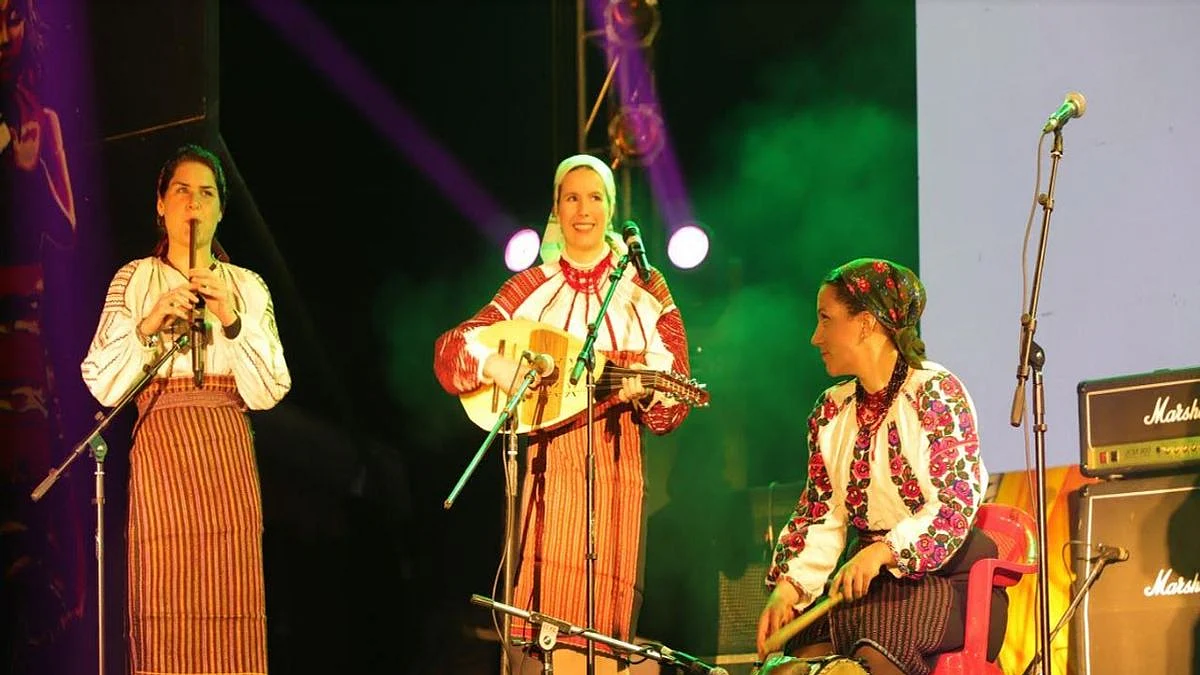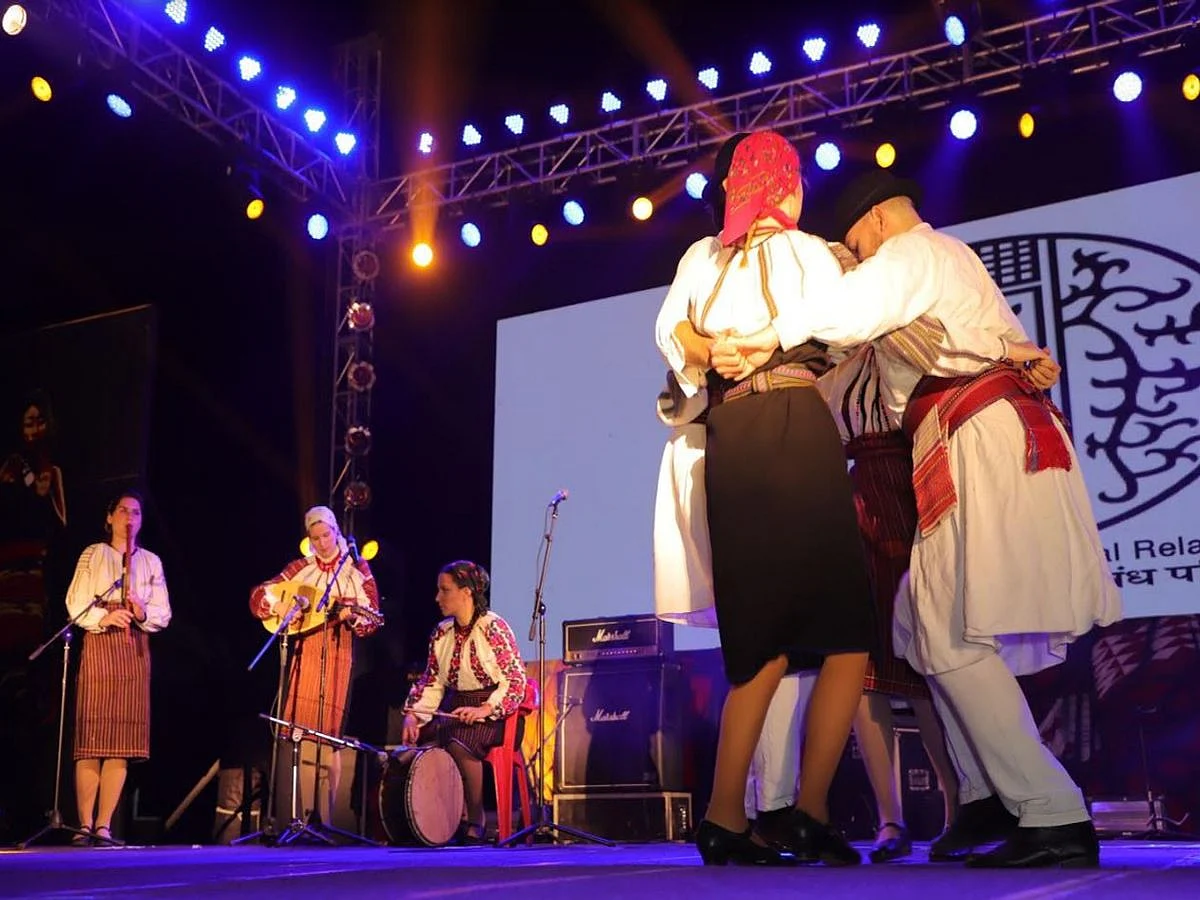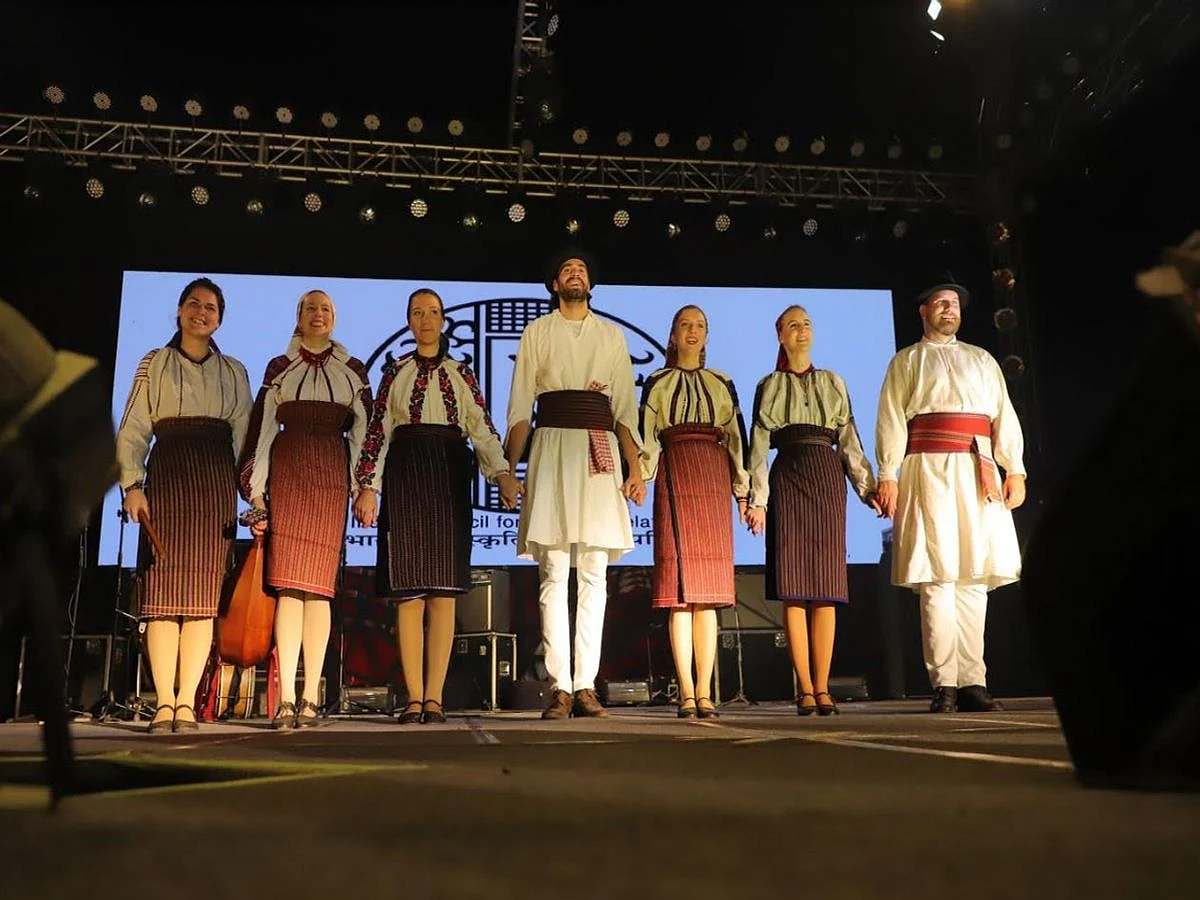Extensive multi ethnic cultural exposition and no plastic usage emphasises Hungarian folk band Borsa
The Hungarian folk band Borsa is very much in line with the continuing Hungarian folk revivalist movement, showcasing folk music from Moldova - a region in Romania with a multi-ethnic imprint

Entering into the confines of a leafy resort for lunch on way from Dimapur to Kohima town, Réka keszey, who later I found to be one of the dancers of the Hungarian folk music and dance group, Borsa, sitting on the back seat of a SUV on my right exclaimed, "It is all so green and the air is so fresh". "It is like inhaling oxygen", I supplied.
Confirming with an affirmative, she mentioned, “It is like Rishikesh", a city in Uttarakhand she happened to visit in her previous and premier time in India about two and half years back. Coming from an European city to find an Indian town to be certified as cleaner and greener is nothing short of a surprise. Now, Márk Bence Dunai, apparently the spokesperson of the troupe, who had come to perform at the 20th Hornbill Music Festival, on invitation from ICCR and Theja Meru led Task Force for Music and Arts (TaFMA), Nagaland, seated left to the driver and in front of me, joined the conversation with, "Yes it's true and there are even lesser people here".

Post lunch, the about three and half hour journey proved to be regaling with a chatty Dunai who has graduated as a history teacher from the University and had subsequently worked in Danemark in a Ecological Folkschool. His ethnic folk spirit is in a way indebted to Ferenc Sebő, an influential folklore musician, who is also best known for being the bandleader of Sebő Ensemble, one of the pioneer groups involved in the Hungarian roots revival in the 1970s, specially to his rootsy revelation that, “The tradition mustn’t be cured, because it isn’t ill, mustn’t be guarded, because it isn’t a prisoner. Our traditions could remain only if we live them.” This new consciousness that gave precedence to the tunes and accompanying dances that germinated in Magyr territories, was what eventually became the so-called Hungarian 'Dance house-movement' (not to be confused with the modern generic connotation). This movement resulted in a renewed interest by the natives in its own bygone culture also shoring up then-contemporary archival efforts of folklore treasure and folk dance-research.

This troupe, Borsa is very much in line with the continuing Hungarian folk revivalist movement, showcasing folk music from Moldova - a region in Romania with multi-ethnic imprint which thereby acts as the cultural border between Central Europe and the Balkan, inhabited by the ethnographic group of Roman Catholic faith called Csango who have lived there since the Middle Ages. One who is in the know can be privy to Borsa's display of ethnic diversity permeating the tunes and the dances executed in circles, lines and pairs. Rooted in the renaissance are the instruments that they use namely the Koboz or the cobza, which frequents Romanian and Moldovan folklore and often considered to be the oldest accompaniment instrument in the region. This non-fretted, very short-necked lute with a bent-back pegbox found favor with 19th Century by Jewish musicians from Moldova region. Two wooden folk flutes -Furulya and Tárogató, complete the ensemble.
Before and during the formative stages the band members would visit contemporary native musicians and collect the old records which allowed them to forge an atavistic acquaintance of their rich ancient living tradition in the most authentic way. "We began without any big ambition but slowly we gained acceptance and we were being invited to folk music-dance dos, so we had to settle on a band name and we chose Borša, a very small village which incidentally is the hometown of Francis II Rákóczi."
It was nice to know that these revivalist troupes are increasingly garnering a dedicated following and most importantly, in tandem with the other Hungarian music dialects, the Moldvaian dance and music is also enjoying the benefits of this admiration.
Night had descended thick and fast by the time we touched Kohima nearing 5 O'clock. They were to perform at the Kisama Heritage village the next day where we witnessed them live. We met them again at the end of their second and back-to-back show at Kohima Night Bazar. "So how was the Festival?". "We had so much fun. I don't think I've ever been to a more colorful festival than this. And to witness all the 16 tribes in one place and experience their heritage, culture, arts, food......it's in believable. Also I must mention there was no plastics (sic) at all - and I quite liked the bamboo tumblers, would like to take home a few."
Follow us on: Facebook, Twitter, Google News, Instagram
Join our official telegram channel (@nationalherald) and stay updated with the latest headlines
